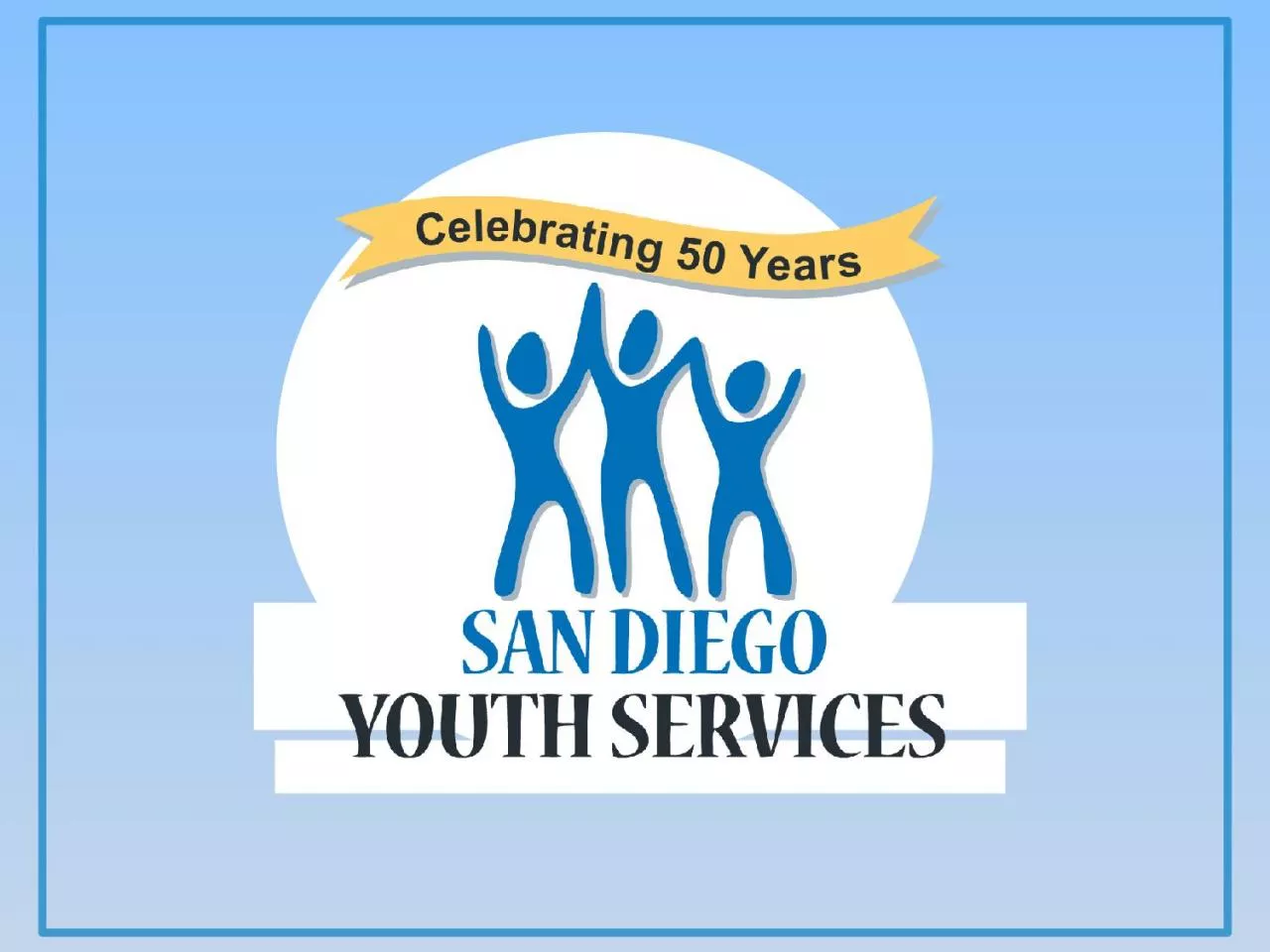PPT-L G B T Q + Training Presented by San Diego Youth Services, Our Safe Place
Author : reese | Published Date : 2024-03-13
Joke Ilanit SheHer Gilbert Gontes TheyThem Roisin Mackenzie TheyThem Todays Topics LGBTQ terminology Risk amp protective factors for LGBTQ youth How to create
Presentation Embed Code
Download Presentation
Download Presentation The PPT/PDF document "L G B T Q + Training Presented by San..." is the property of its rightful owner. Permission is granted to download and print the materials on this website for personal, non-commercial use only, and to display it on your personal computer provided you do not modify the materials and that you retain all copyright notices contained in the materials. By downloading content from our website, you accept the terms of this agreement.
L G B T Q + Training Presented by San Diego Youth Services, Our Safe Place: Transcript
Download Rules Of Document
"L G B T Q + Training Presented by San Diego Youth Services, Our Safe Place"The content belongs to its owner. You may download and print it for personal use, without modification, and keep all copyright notices. By downloading, you agree to these terms.
Related Documents














